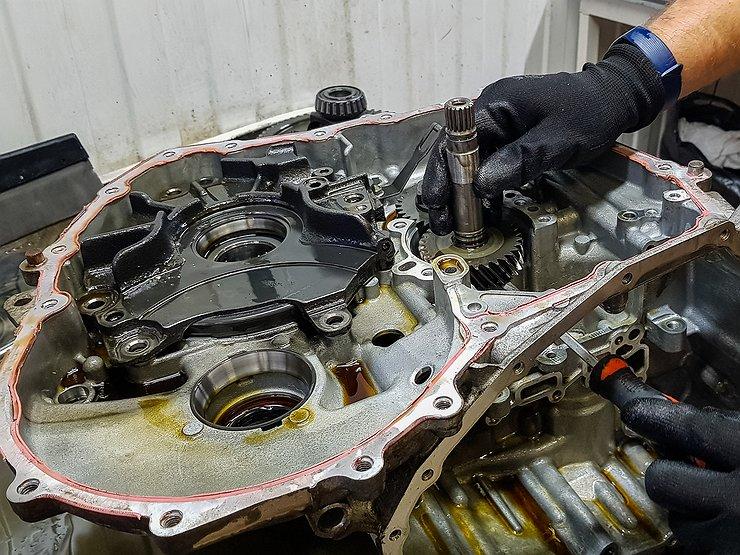
When to replace the PMH sensor?
Content
The TDC sensor is the electronic part of your car that allows your engine to start. If it no longer works, you will have to go to the garage to have it repaired immediately. If you have questions about the operation and maintenance of your PMH sensor, this article is for you!
🚗 What is the role of the PMH sensor?
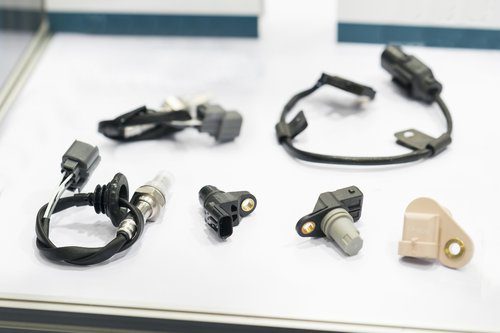
The TDC (or Top Dead Center) sensor is an electrical component also called a crankshaft sensor or speed sensor. It is located at the crankshaft and flywheel.
This allows the engine speed to be calculated and thus the fuel injection to be adapted.
This sensor has a dual function: it informs the engine control computer about the position of the piston and the speed of rotation of the crankshaft.
Finally, we note that this sensor is used less and less and is adapted to modern cars; it is gradually being replaced by models with Hall effect.
🔍 Where is the TDC sensor located?

The TDC sensor, also called the crankshaft sensor, is located at the level of the engine flywheel. This allows a notch mark on the engine flywheel and thus communicates the position of all the pistons that make up the engine to the computer.
🗓️ How long does the TDC sensor last?
The lifespan of a TDC sensor is difficult to determine. It cannot be changed for the entire life of a car, just as it can fail after several tens of thousands of kilometers.
🚘 How to check the TDC sensor?
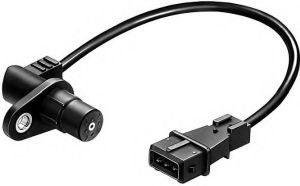
Here are the symptoms that indicate that the TDC sensor is in HS state:
- Impossible or difficult starts;
- Engine jerks and knocks;
- Numerous untimely stalls when driving at reduced speed;
- The tachometer no longer shows the correct information.
Unfortunately, in most cases it is impossible to start the engine due to a malfunction of the TDC sensor. The engine will not start.
These same signs can indicate other problems, so ask a mechanic to analyze your car so as not to jump to conclusions.
🔧 How do I know if my TDC sensor is working?
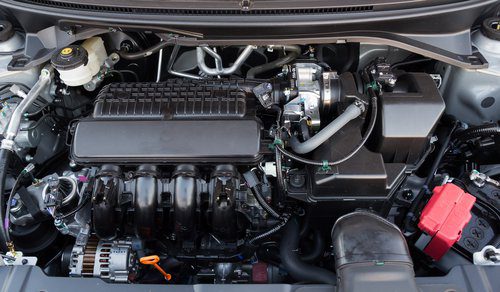
To make sure your PMH sensor is working properly, you will need to test its resistance with a multimeter. We explain how to do it here!
Required materials: multimeter, adjustable wrench.
Step 1. Disassemble the PMH sensor

First, you will have to disassemble the PMH sensor to test it. To disassemble it, unscrew the screws that hold it in place, then disconnect the sensor from the connectors and remove it from the case.
Step 2. Visually inspect the sensor
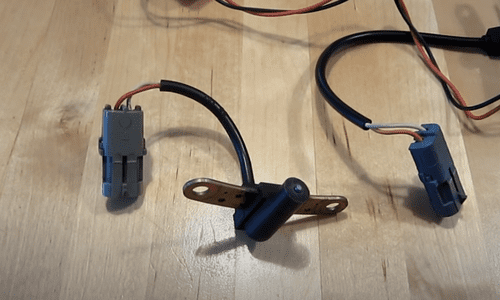
First, observe your gauge and take a quick visual inventory. Make sure your sensor is not too clogged, then make sure the harness is not cut (in particular, it could cause a short circuit) and that the air gap is not damaged. If everything is ok, the problem is not the damaged sensor, so you can check it with a multimeter.
Step 3. Check the integrity
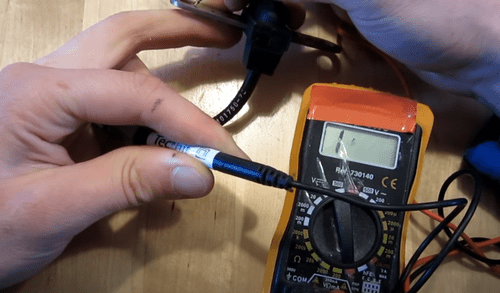
To check the continuity of the sensor, put the multimeter in the continuity test mode. This step will check for a short circuit between ground and the sensor output. Start by inserting one end of the multimeter into one of the terminal holes and the other end to ground. Do the same for the other hole. If the multimeter shows 1, there is no break. So that's not the problem. You will need to check the resistance of the pmh sensor.
Step 4: check resistance
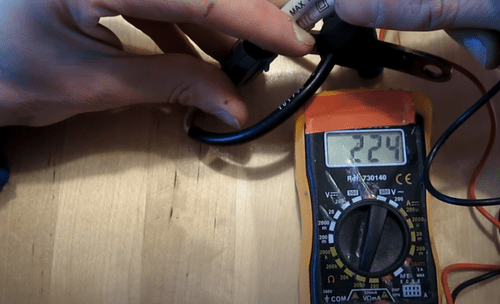
To test the resistance of your sensor, put your multimeter in ohmmeter mode. Start by checking the so-called "normal" resistance of the PMH sensor on the sensor manufacturer's website (expressed in ohms, for example 250 ohms). Then insert the two ends of the multimeter into the holes in the sensor body.
If, when measuring voltage, the multimeter shows a value lower than the manufacturer's recommended value (here 250 Ohm), this is due to the fact that the PMH sensor is defective and must be replaced. If, on the other hand, the value is equal to or slightly higher, it means that your PMH sensor is in good condition and the problem is elsewhere. Therefore, we advise you to go to the garage for a more complete diagnosis of your vehicle.
🇧🇷 What if my TDC sensor is out of order?
If your TDC sensor fails, it must be replaced immediately or you will not be able to get back on the road. To find the best price, get an offer in 3 clicks at one of our trusted garages.
The PMS HS sensor signals the forced stop of your vehicle. Unable to send correct information to the engine, it cannot start. If you come to this, there is only one solution: do it. replace.
